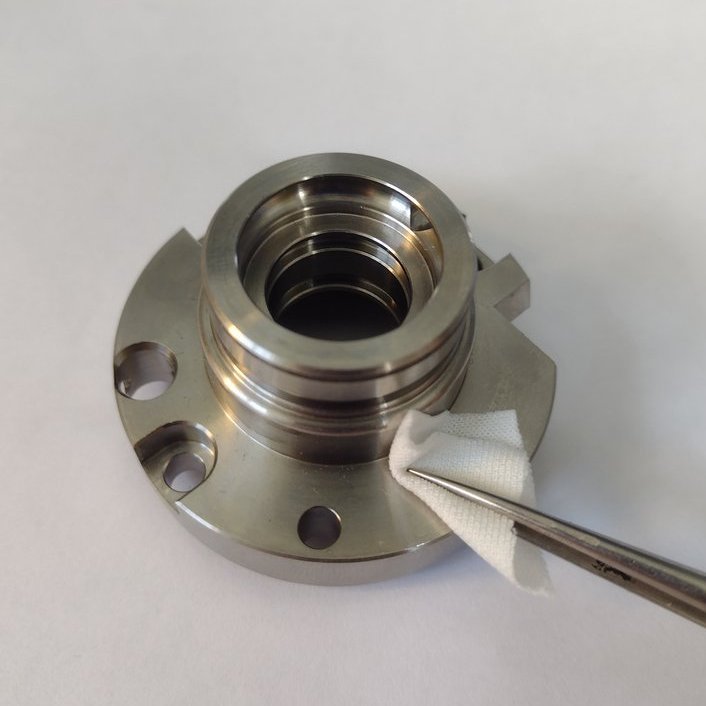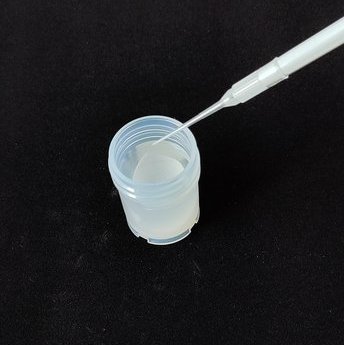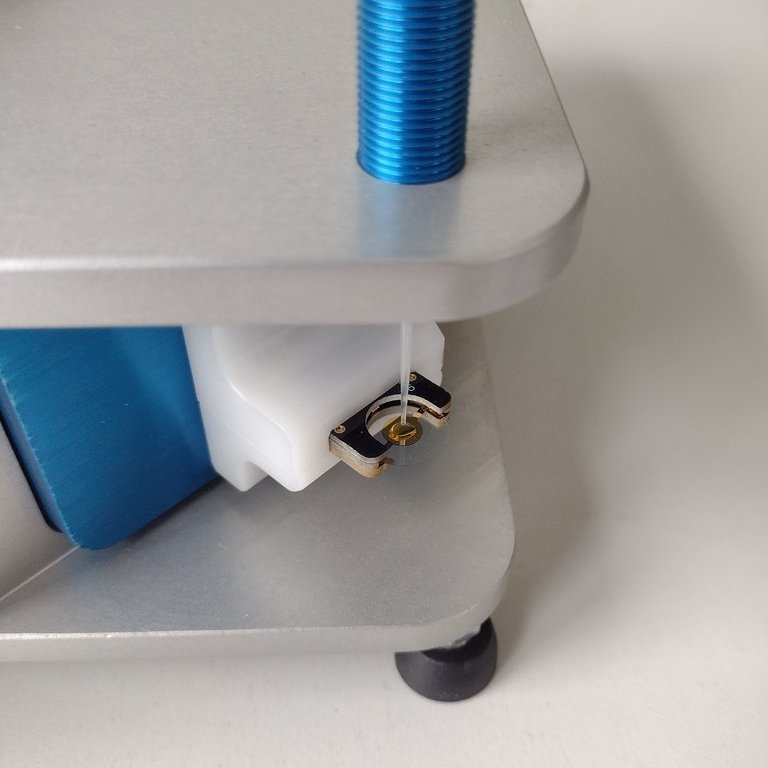AGREE® - New gravimetric test method with nanobalance (QCM) for the determination of filmic contamination
Practical, fast and economical
The range of measurement techniques known to date extends from methods such as gravimetric determination of non-evaporated residues or contact angle measurement to determine surface tension, through IR spectroscopy to characterize simple organics, to complex methods such as coupled gas chromatography-mass spectrometry. This variety of measurement techniques and methods has not facilitated specification and economical testing of filmic cleanliness. With the aim of selecting and introducing a uniform and practicable measurement method, the AdhäSa expert group, under the leadership of the Fraunhofer Institute IPA, has developed the new test method AGREE® (Analysis of gravimetrically detectable residues by efficient extraction) for the gravimetric measurement of small amounts of non-volatile residues (µNVR) and published it in 2022 in the guideline VDI/VDE 2083 Sheet 23.
In contrast to the previous gravimetric determination, this test method is characterized by a minimum quantity extraction in combination with a highly sensitive nanobalance (quartz crystal microbalance QCM). This allows local, partial or full-surface measurement areas on the component to be tested with the smallest amounts of solvent and can also be used in interior areas that are not optically accessible. This new measurement method also enables reset pops for further analysis of the contamination.
The test is initially performed by a minimal extraction by wiping, e.g. by means of a swab or, in the case of the smallest components, directly by immersion in the extraction liquid. The wiped-off impurity is dissolved in the extraction fluid and applied to the quartz chip of the nanobalance in small amounts of a few µl. The residue remaining after evaporation of the solvent leads to a measurable change in the vibration of the quartz. This frequency change forms the initial value for calculating the mass of residue on the quartz and, by extrapolation, gives the total extracted mass of residue in the solvent. The high sensitivity of the nanobalance allows the realization of blank values of 10 ng, as well as a detection limit of 0.2 µg/cm². For large amounts of residue, there are no limits to the method by selective dilutions of the samples.
The measurand mass per component area (e.g. µg/cm²) is already considered and established in numerous standards and customer specifications and can be determined with this measuring method without restrictions.
CleanControlling can use this accredited test method to carry out quick and cost-effective component tests.
Profile
| Typical industries | this method is used universally |
|---|---|
| Type of contamination | µNVR, small amounts of soluble organic contaminants (oils, greases, fingerprints, ...) |
| Result | mass per component area (e.g. µg / cm²) |
Further Information
This test falls within the scope of our accreditation, detailed information on the scope of accreditation is available here.
You can also find an overview of tests for chemical-film contamination in our current brochure.
If you have any questions, the employees from our sales team will be happy to help you.
Newsletter registration



